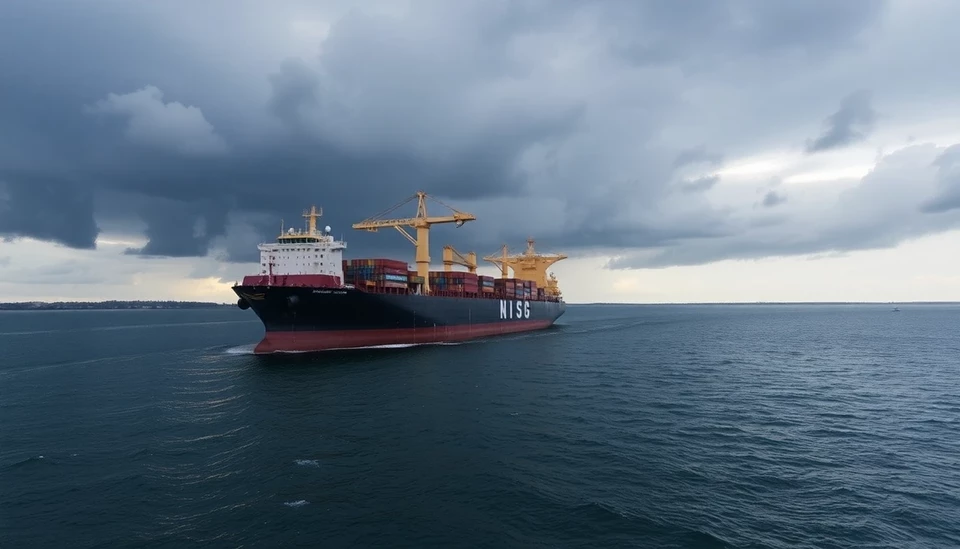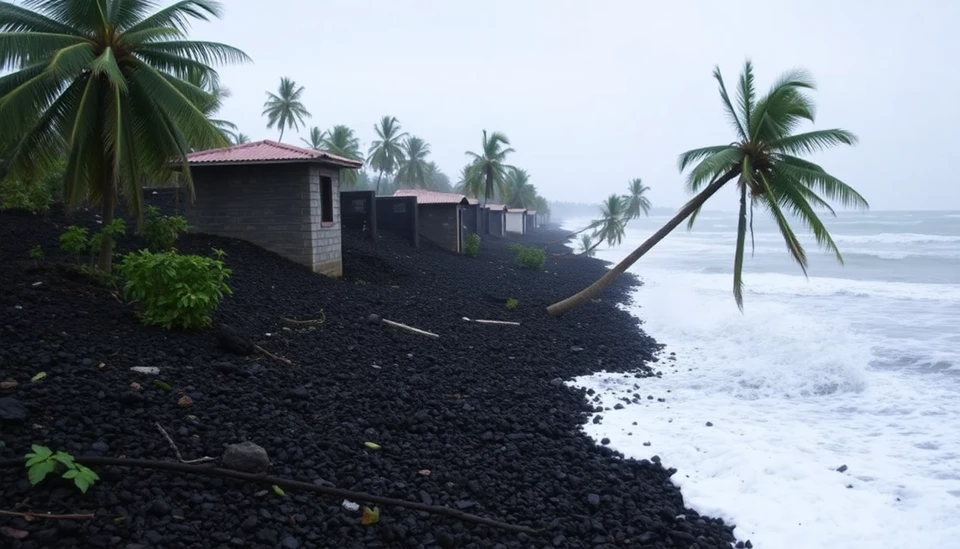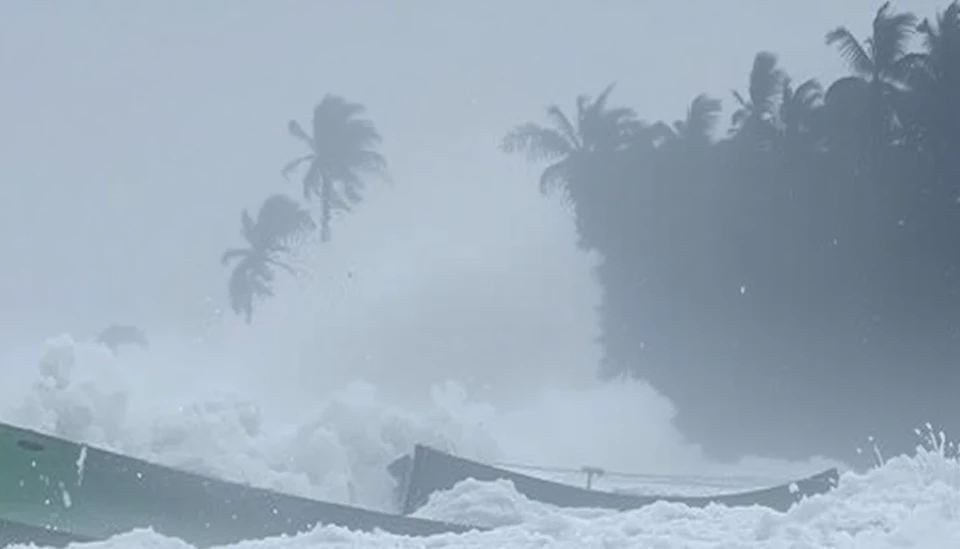
A powerful cyclone is on track to hit Australia’s iron ore production hub this Friday, raising concerns over significant disruptions to operations and supply chains in the region. The cyclone, named “Blick,” is strengthening as it heads towards the western coast where the bulk of the country’s iron ore exports are concentrated.
Forecasters have warned that “Blick” could make landfall near Port Hedland, one of the world’s largest iron ore export terminals, with wind speeds potentially reaching devastating levels. Authorities have urged local residents and industries to prepare for severe weather conditions, including heavy rainfall and dangerous winds.
The potential impact on operations is considerable, as companies such as Fortescue Metals Group and BHP are based in the region. These companies play a crucial role in international iron ore markets, supplying material essential for steel manufacturing worldwide. With global demand for iron ore rising, any halt in operations could result in far-reaching economic implications, not just locally but also on a global scale.
Port Hedland's vital role in Australia’s economy is underscored by its ability to handle vast shipments of iron ore, which is a primary export product for the country. The cyclonic conditions may force port authorities to halt shipping activities, which could affect supply and potentially push global prices higher.
In anticipation of the cyclone, authorities have implemented precautionary measures. Evacuations may precede the cyclone’s arrival, along with the closure of schools and businesses in the most vulnerable areas. Emergency services are on high alert, ready to provide assistance as needed, while electricity providers are preparing for possible outages due to the severe weather.
The Bureau of Meteorology in Australia has indicated that the cyclone's trajectory remains uncertain, meaning that further adjustments to forecasts could be necessary as the storm approaches the coast. As residents brace for the worst, many have been sharing their concerns and preparations on social media, emphasizing the need for community solidarity in times of crisis.
With the cyclone set to hit later this week, attention will be closely monitored on its development and impact on the iron ore sector. Stakeholders are poised to react as the situation unfolds, potentially reshuffling supply dynamics and influencing market trends as they respond to the cyclone's aftermath.
This impending natural disaster highlights the challenges faced by industries in areas prone to extreme weather events. As climate patterns continue to evolve, the frequency and intensity of such cyclones could alter operational plans and strategies for mineral extraction and exportation moving forward.
As the storm looms, the implications of its impact resonate not only with local communities but also across global markets, reaffirming the essential connection between environmental conditions and economic activity.
In conclusion, as Cyclone Blick gears up to make landfall, all eyes will be on Australia’s iron ore hub as it braces for the storm's potentially destructive force. The outcome will be crucial, not just for immediate safety but also for the iron ore industry's future viability in the face of nature's fury.
#Cyclone #Australia #IronOre #PortHedland #NaturalDisaster #Economy #Blick #CommodityMarkets #WeatherAlert #MiningIndustry
Author: John Harris




